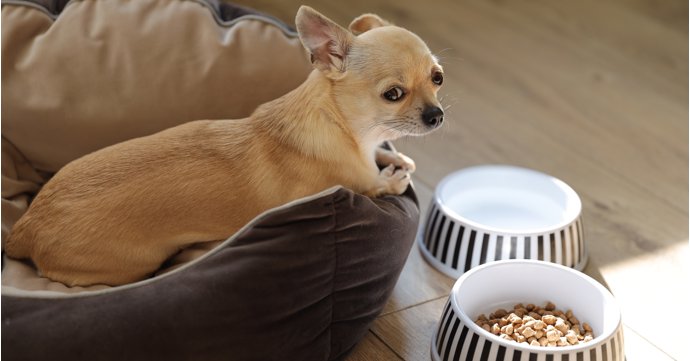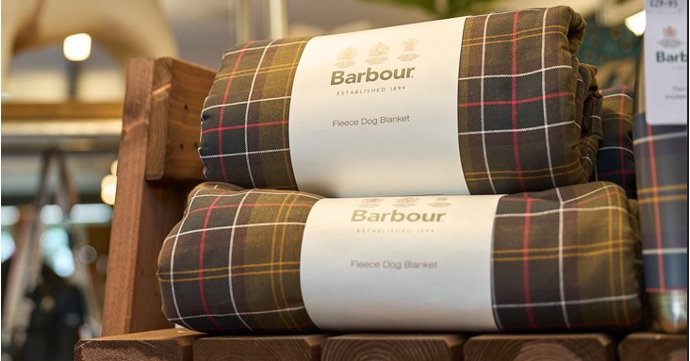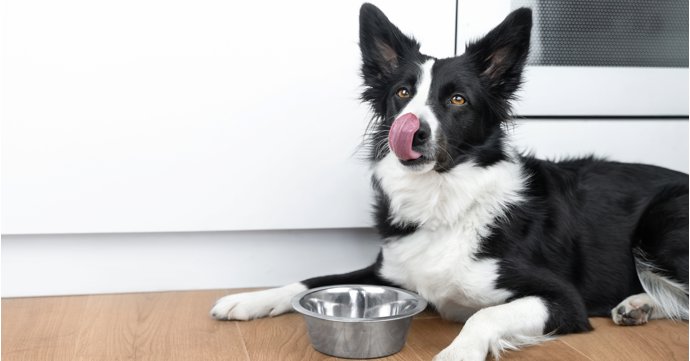Cats are hypercarnivores, meaning they need certain nutrients which can only be found naturally in animal protein — which makes a raw food diet ideal for them.
An expert in producing nutrient-rich raw food meals for cats and dogs, Gloucestershire company Cotswold RAW offers some top tips for owners making the switch.
How to transition your cat to raw food
Create a feeding routine
Free feeding is not recommended for cats. Not only does it curtail their natural hunger instincts, it's also not possible on a raw diet as this food can't be left out at room temperature all day, for your cat to graze as and when they fancy.
Establish a feeding routine to get your cat eating its food when it's offered. Start by giving them small portions of their current food throughout the day, at the times you want them to eat — and if they don't tuck in within 15 minutes, take their bowl away and try again an hour later.
Introduce food with a higher moisture content first
If your cat currently eats dry food, which contains about 10 per cent moisture, it's a good idea to get them used to wetter food before transitioning to raw, which typically contains around 60 to 70 per cent moisture.
Try adding small amounts of water to their food — or better yet, Cotswold RAW's tasty bone broth can boost the moisture content as well as flavour.
Mix their old food and new food together
Consider combining your cat's old food with their new raw food, gradually changing the proportions over time to make the transition easier for them.
You can also try putting a few of their favourite treats on top of the raw food — once they're comfortable taking these from the bowl, start mixing them with the raw to entice them further.
Make raw food more tempting
Research suggests that cats prefer warmer food, possibly because it mimics the body temperature of their natural prey. And although raw food should not be cooked, it can be lightly heated by adding some warm water or sealing it in a container and letting it sit in hot water for a couple of minutes before serving.
Fat is incredibly tasty for cats, so choosing a protein with a higher fat initially might encourage them; then you can introduce leaner proteins once your cat has transitioned to raw.
Cotswold RAW offers a full range of complete raw food for cats, spanning chicken and turkey to rabbit, available via cotswoldraw.com/for-cats.
Play with them before feeding
Help your cat to tap into their natural hunting instincts by initiating play before mealtimes — a fun way to boost their appetite!
Stay consistent and be persistent
Don't be disheartened if your cat doesn't take to its new food right away. Cats are naturally cautious of new foods — it's an evolutionary trait to protect them from poisoning — so it's not unusual for them to take some time to adopt a new diet.
Remember that patience is key, go at your cat's pace and stay consistent.





















